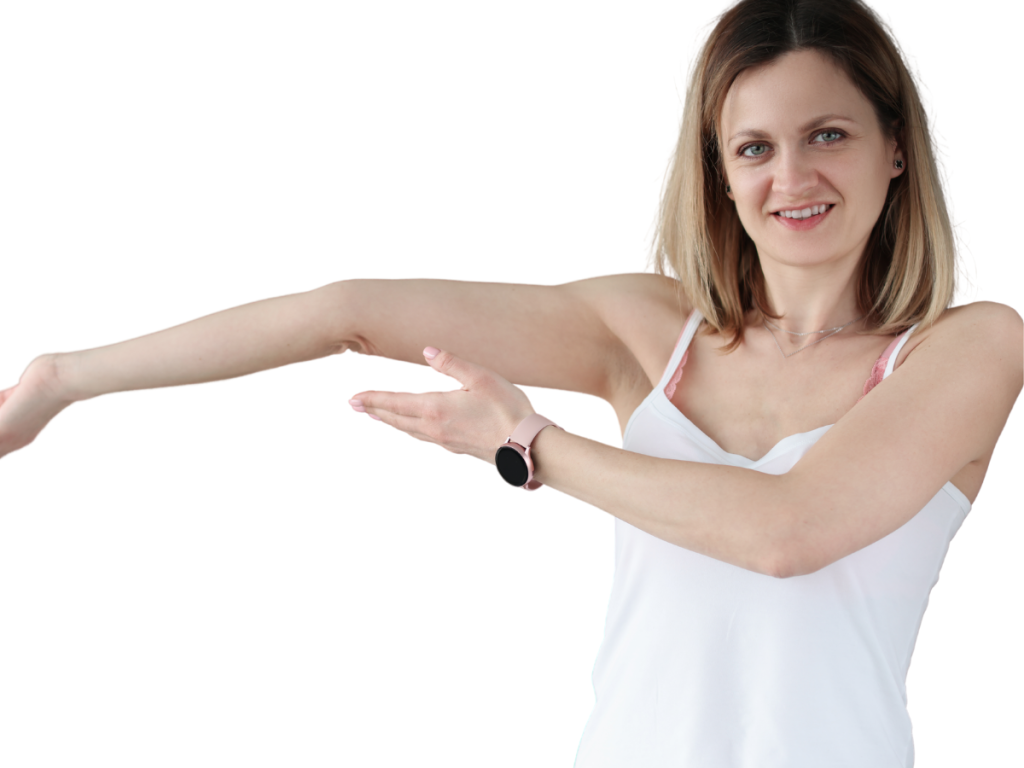What does it look like?
Hypermobility refers to joints that move beyond the typical range of motion, often associated with conditions such as Ehlers-Danlos Syndrome (EDS) and Hypermobility Spectrum Disorders (HSD). While increased flexibility may be beneficial in some settings, it can also contribute to joint instability, pain, and an elevated risk of musculoskeletal injuries.
- Chronic pain
- Cardiac Dysautonomia (e.g. POTS)
- Joint subluxations or dislocations
- Fatigue
- Mild-Severe allergic reactions
- Functional gut issues (e.g. constipation, reflux and/or diarrhoea)
- Pelvic organ prolapse
- Neurodivergence

Why does it occur?
This vast array of symptoms and comorbidities is due to hypermobile people’s collagen (a protein responsible for creating connective tissue) being structurally different and therefore having more elastic properties, causing it to stretch in ways it typically wouldn’t.
As connective tissue is prevalent throughout all of the body’s systems – hypermobile people often have issues with the integrity of other tissues, including the skin, organs and blood vessels.

Postural Orthostatic Tachycardia Syndrome (POTS)
We recognise that there can be a relationship between hyper-mobility and autonomic conditions such as Postural Orthostatic Tachycardia Syndrome (POTS). POTS is a form of cardiac dysautonomia that affects blood flow and heart rate, often leading to symptoms like dizziness, fatigue, brain fog, and palpitations—especially when moving from lying or sitting to standing.
Steph is now able to perform a screen for POTS for her existing patients. Steph will first get you to complete the MALMO POTS Score and will then perform a specific diagnostic test known as the NASA Lean Test. This assessment follows guidelines from the POTS Foundation and is tailored to identify postural changes in heart rate and blood pressure.

Preparing for your assessment
If Steph has booked you in for a POTS screen, it’s important that you follow the preparation instructions outlined in your pre-appointment email to ensure the results of the test are as accurate as possible. This includes avoiding certain medications and supplements that may affect cardiovascular function.
You can view the list of medications in the link attached.
If you’re unsure whether your current medications may affect your test, please consult your GP or prescribing doctor before your appointment.

Osteopathy & Hypermobility
Osteopathic treatment focuses on musculoskeletal function and can support individuals with hypermobility by addressing:
In individuals with hypermobility, joints experience greater strain due to reduced connective tissue support. Osteopathic techniques target joint mechanics aiming to promote better function, stability and control.
Hypermobile individuals rely more on their muscles for structural support, often leading to increased tension and discomfort. Osteopathic treatment may help relieve muscle strain and reduce pain associated with this.
By stimulating the neuromuscular system, Osteopathic care may enhance body awareness and support better movement control.
Osteopaths provide tailored advice on movement strategies and postural adjustments to minimise excessive strain on hypermobile joints.
Osteopaths in Australia are primary health care practitioners and are trained to screen for a variety of conditions. We recognise that there can be a relationship between hyper-mobility and autonomic conditions like Postural Orthostatic Tachycardia Syndrome (POTS). Therefore Steph has done further training to assess for this condition and refer as necessary.
Steph
At North Canberra Osteopathy, our Osteopath Steph exclusively treats adults with Ehlers-Danlos syndrome (EDS) or hypermobility. She is a member of the Australian POTS Foundation and the Ehlers-Danlos Society.
She brings both professional expertise and personal experience to hypermobility treatment. Living with Hypermobile Ehlers-Danlos Syndrome, she understands firsthand the challenges of joint instability, chronic pain, and fatigue. This unique insight allows her to tailor treatment plans that focus on practical and sustainable management strategies.
Steph works closely with each patient to develop individualised treatment approaches, focusing on pain reduction, joint stability, and improved movement control. She also collaborates with other healthcare professionals when necessary to ensure a coordinated approach to care.



